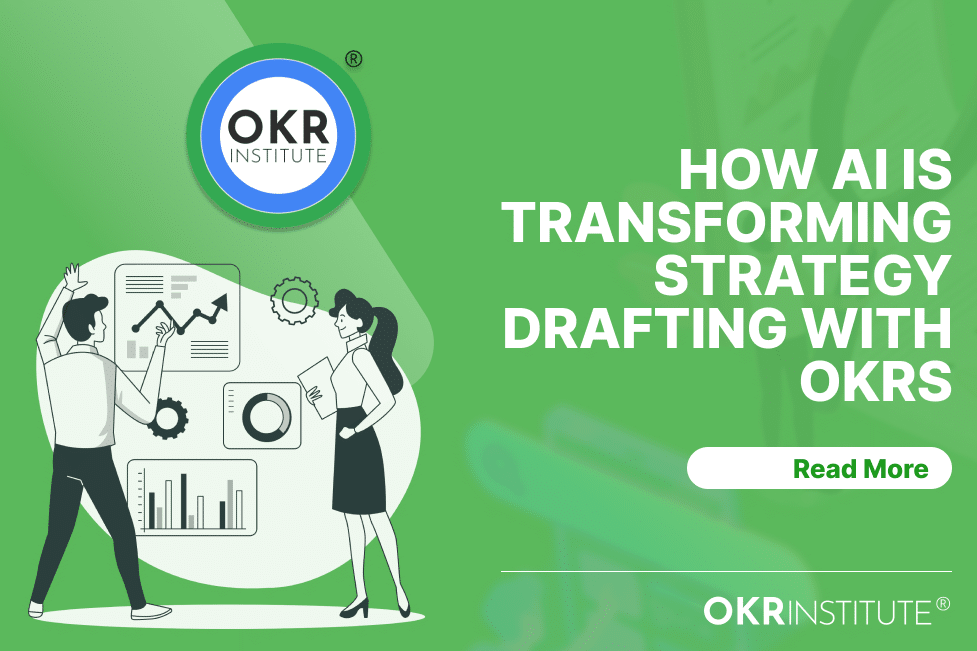OKR vs KPI: Are Both Equally Better Tools in Forming Company Goals?

OKR and KPI terms that are not foreign to the workforce. Both serve as a measure of an employee or team’s target performance system. Usually, this OKR and KPI are asses by a specific company’s management, such as the head department, manager, or HRD. OKR stands for Objectives and Key Result. OKR refers to goals (Objectives) made as descriptive, listed, and as challenging as possible.
The company’s goal of using OKR is to reflect on the workers’ priorities and abilities, which will impact the results. KPIs stands for Key Performance Indicators, which are measurable values that determine the effectiveness of employees and teams in working focused. In addition, strategies, targets, and goals construct to see business development in the company where the employees work.
Defining OKRs and KPIs existence in boosting the company system
Another difference is in terms of the frequency of data submission and reporting. Each KPI has a different frequency and is generally longer, for example, one quarter and more often annually. The frequency of OKR can be weekly, monthly to quarterly, so the time is shorter than KPI. The targets are written separately within KPIs, while in OKR, the marks or deadlines are registered all at once.
Furthermore, The KPI system is generally associated with bonuses, while in OKR, it is not 100% associated with rewards. It is recommended not to be associated with bonuses.
Meanwhile, KPI uses a top-down approach derived from the above level in its preparation. Meanwhile, OKR generally uses a bottom-up or sideway approach, namely input from the lower level, or it can be from the side, aka collaboration from other units. The nature of KPI is achieving a larger but still realistic target. Compare this with OKR, which is aspirational in heart, sometimes even unrealistic.
Forming OKR and KPI
Thoroughly boosting the system by implementing OKRs, there is an option we seek to strive for: The first option, implement the OKR system in total and the old system in use. Options here are suitable for startups that do not previously have a plan or for companies that feel that the KPI system used is ineffective in improving their performance. So, use the OKR system.
The second option is to transform the relevant KPIs into OKRs. So OKR is structured based on the currently existing KPIs. The result is using only one system, namely OKR. Usually, during the transformation process, the KPI will become operational type OKR, then add aspirational OKR.
Using GPS and Metrics
For example, the metrics in question are a speedometer to measure the speed of someone’s car and some metrics telling the amount of gasoline available. This person also needs to pay attention to the metrics on his car dashboard.
If someone wants to reach their destination quickly, what happens if they ignore the exhausted gas metric? Of course, their car cannot run anymore. Let us dissect the analogy earlier. In the analogy, there are three parts, namely:
- Strategy is this decision-making process, such as choosing the tourist destination wanted to lead.
- OKRs, in this analogy, are GPS that helps us stay on track to our destination.
- KPI will help us monitor the car’s condition and that everything is fine as indicated by the metrics in the car.
In simple terms, OKR is a tool to ensure that we are walking on the right track toward our goals. Meanwhile, KPI is a tool to check whether we and the things needed to achieve that goal are okay.
OKR and KPI Similarities
OKR represents companies’ choices about allocating time and energy and makes it easier to coordinate an individual, team, and departmental action to achieve company-wide goals. These two frameworks are complementary to each other. OKR and KPI have something in common. The similarity in the letter “K” is Key. The keys in OKR and KPI indicate measurable indicators and prioritize which parts need to focus.
Using OKRs and KPIs both provide advantages in their implementation. With OKR, here are the benefits of implementing it:
- Can increase engagement when someone wants to achieve company goals align with having a positive impact on employees
- Able to link company objectives, individuals, and teams through work together to achieve the same goal
That makes it easier for the team to reject an idea. Even though the statements given are good, they can dismiss if they do not match the intended object. They were making it easier to postpone thoughts with low priority.
The difference between OKR vs. KPI
As described above, OKR will keep every work activity on the right track to achieve company goals. In addition, the focus of OKR from one quarter to the next can change according to the priority of what we want to do.
Despite this, KPI determines whether the work activities have met the indicators to achieve company goals. These KPIs tend to be the same from one quarter to the next. So, both are equally good, helping the company achieve its goals.
Regarding objectives, KPI and OKR do not have a big difference. Both are equally a measure of success and achievement. Both have something in common: Key = Key on the letter K. KPI and OKR emphasize the Key to the set measurement.
The fundamental difference is that if OKR is there to achieve a more prominent and concrete goal, KPI is a measurement in achieving that big goal. KPI is part of OKR, where KPI can be used to support OKR.
OKR vs KPI: The pros and cons
Pros of OKR
- OKRs assist with defining aggressive objectives as well companies can undoubtedly adjust hierarchical objectives to individual/group objectives.
- It is not difficult to lay out boundaries and make short cycles and gives opens the door to constant input, correspondence, and training.
- Makes objective-based execution appraisal
Cons of OKR
- Needs a little comprehension of the most proficient method to characterize viable OKRs before each company understands the genuine advantages
- Setting an excessive number of OKRs can disintegrate the reason and make it hard to accomplish them.
Pros of KPI
- Accomplishes objectives quicker and at the right speed
- This structure assists representatives with command over their objectives and makes it simple to accomplish goals slowly and carefully, making it simple to quantify results.
Cons of KPI
- Insight gathering is testing and defining such a large number of objectives can get confounding
- It requires investment to set KPIs, train representatives, and gain proficiency with the cycle
The points are taken: are both equally better tools for forming company goals?
These frameworks do not have such significant differences in terms of objectives. Moreover, both are measures of success and achievement. They both have something in common. In addition, both KPI and OKR emphasize the Key to measurement.
The fundamental difference is that when OKR is used to achieve a more apparent goal, KPI is a measurement to achieve the goal. From this description, we can conclude that if both are equally good, KPI can even be part of OKR, so KPI can be used to support OKR.
Hence, OKR vs. KPI results depend on each company and could take from both frameworks. The subjectivity of superiors will reduce so that employees will feel a growth atmosphere that can spur their performance naturally.
Despite this, KPI determines whether the work activities have met the indicators to achieve company goals. These KPIs tend to be the same from one quarter to the next. Furthermore, both are equally good, helping the company accomplish its primary purpose.
Related Courses
Recent Posts
Tags
#OKR
#OKR Coaching
#OKR Coach







